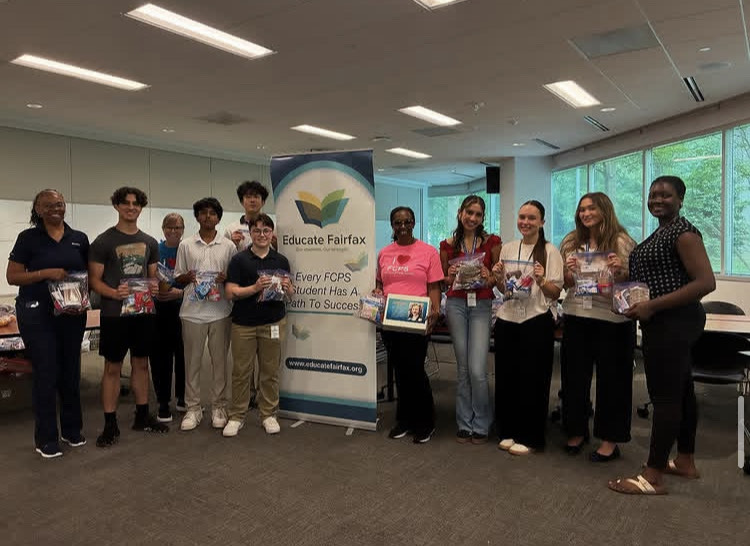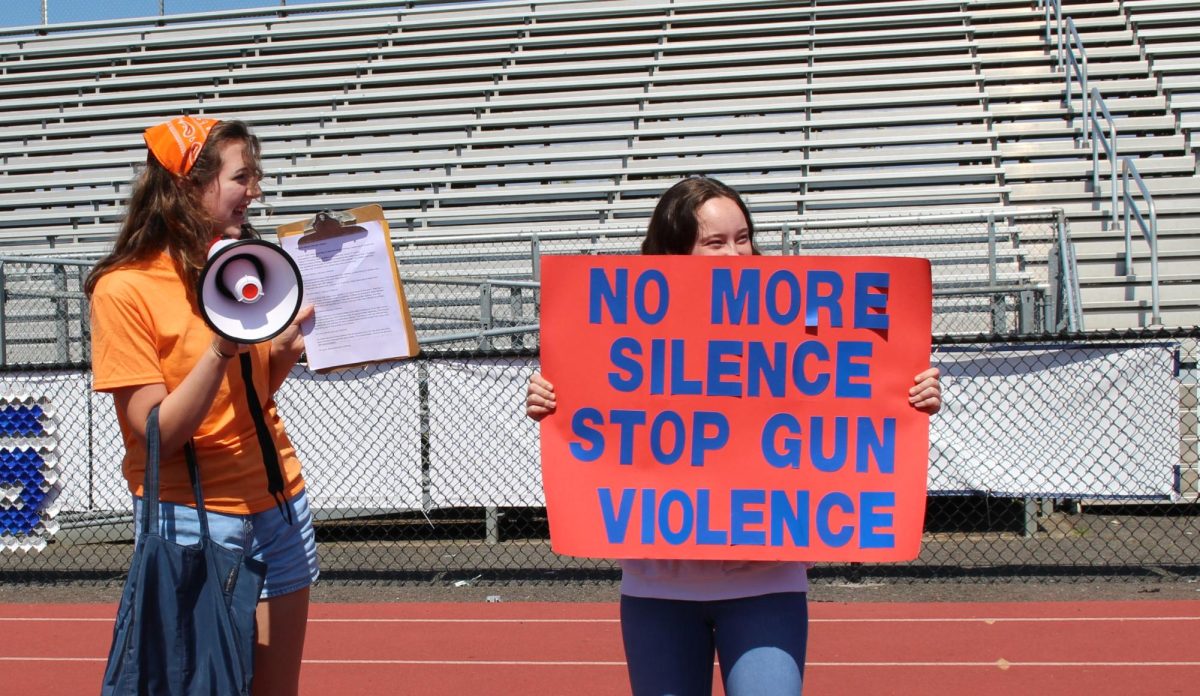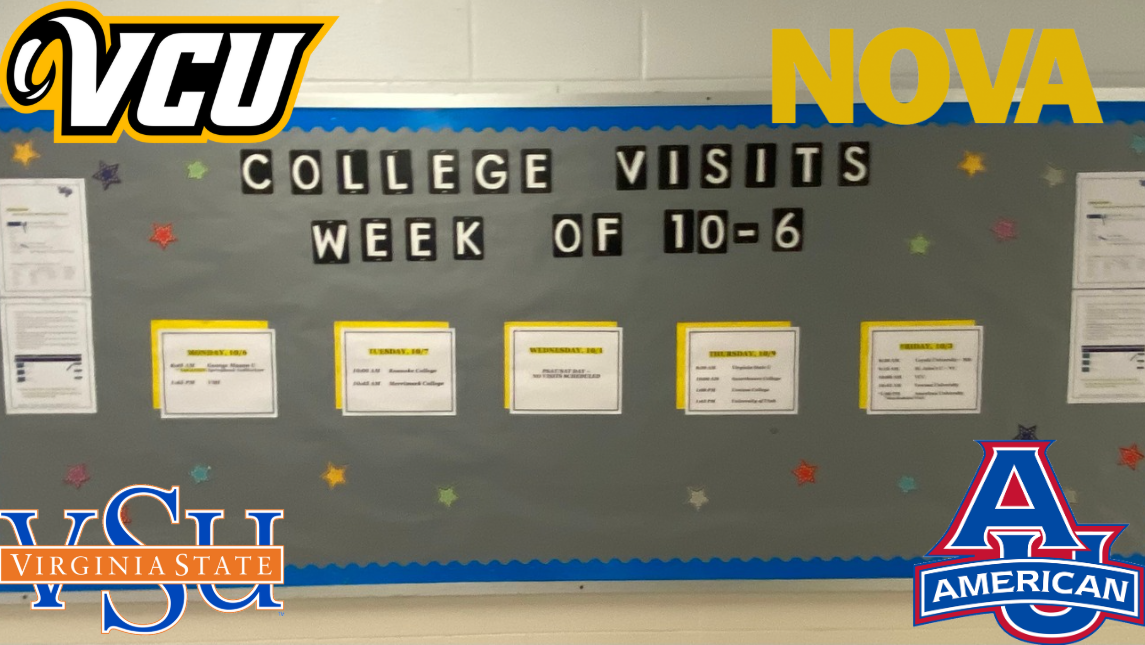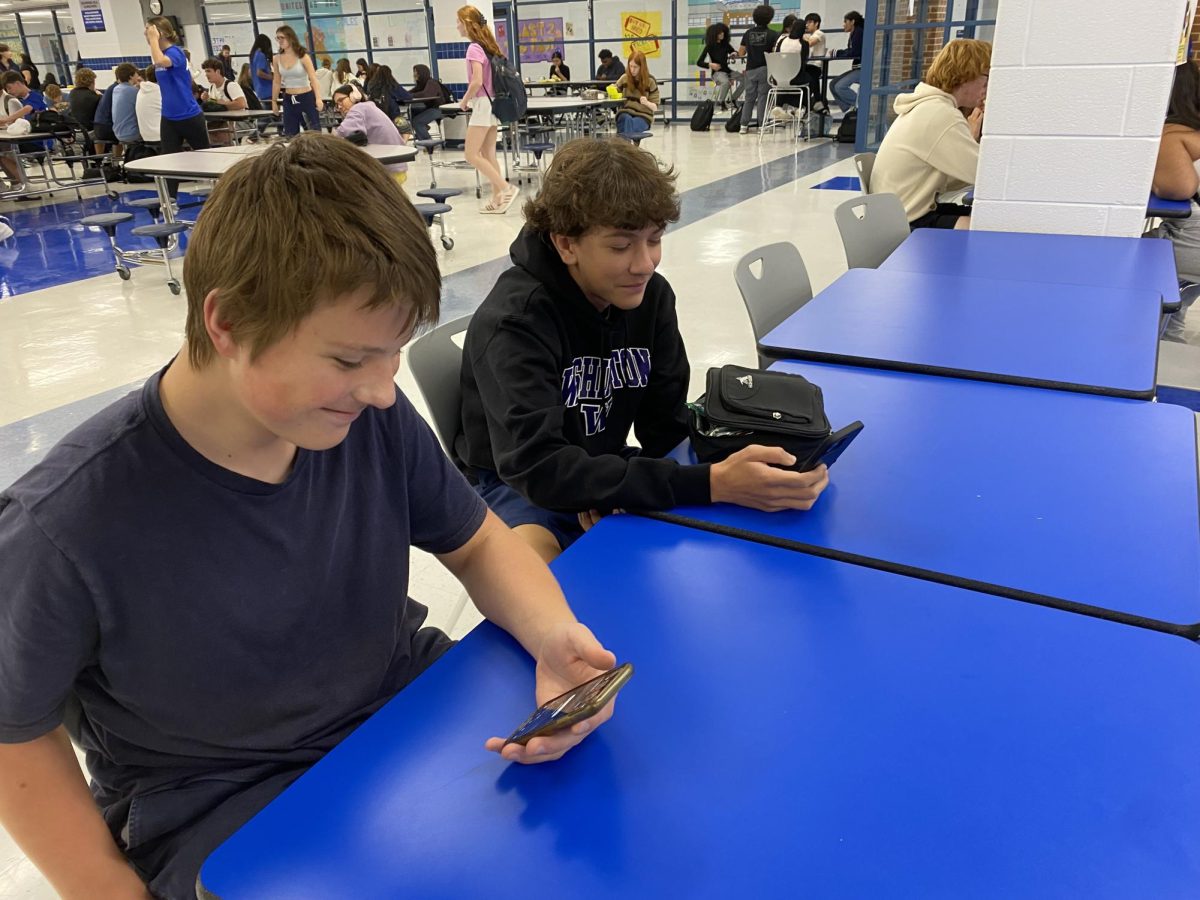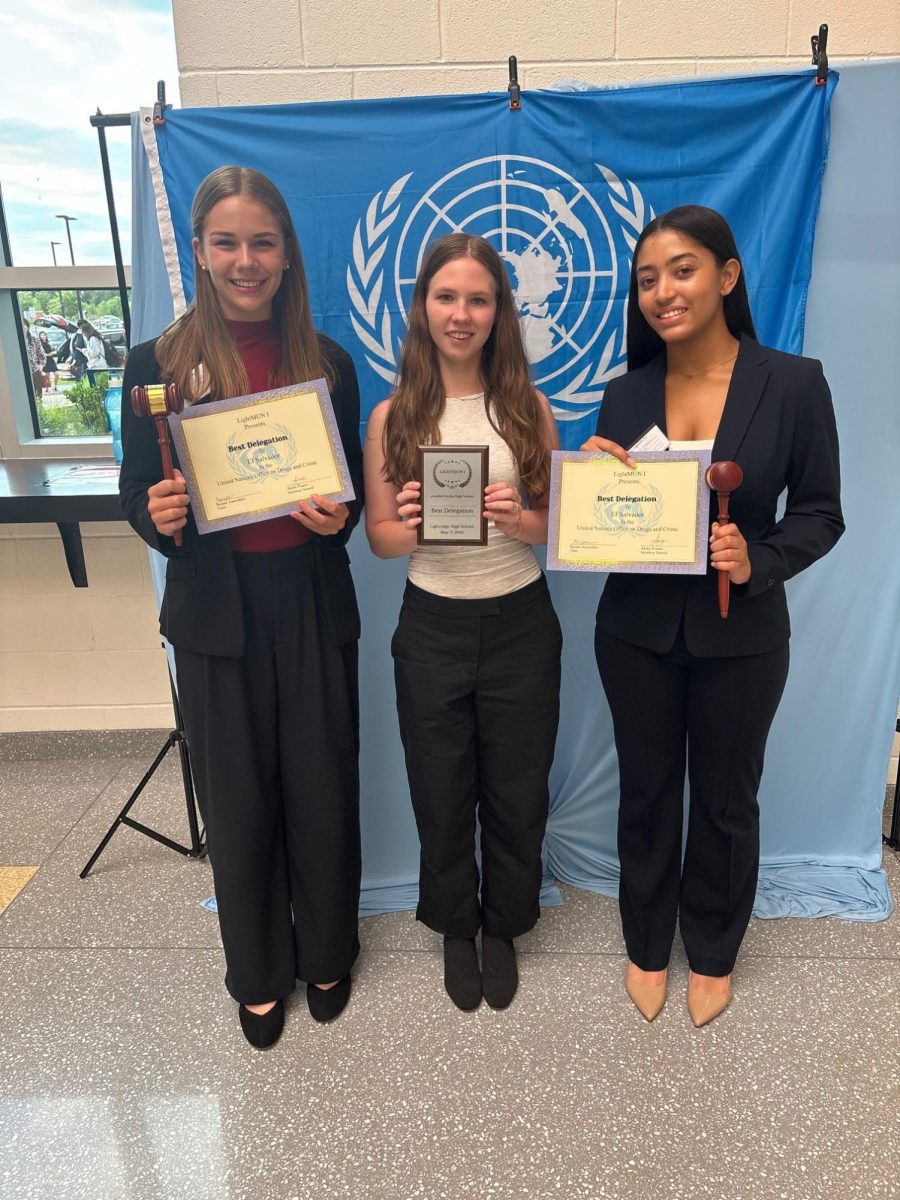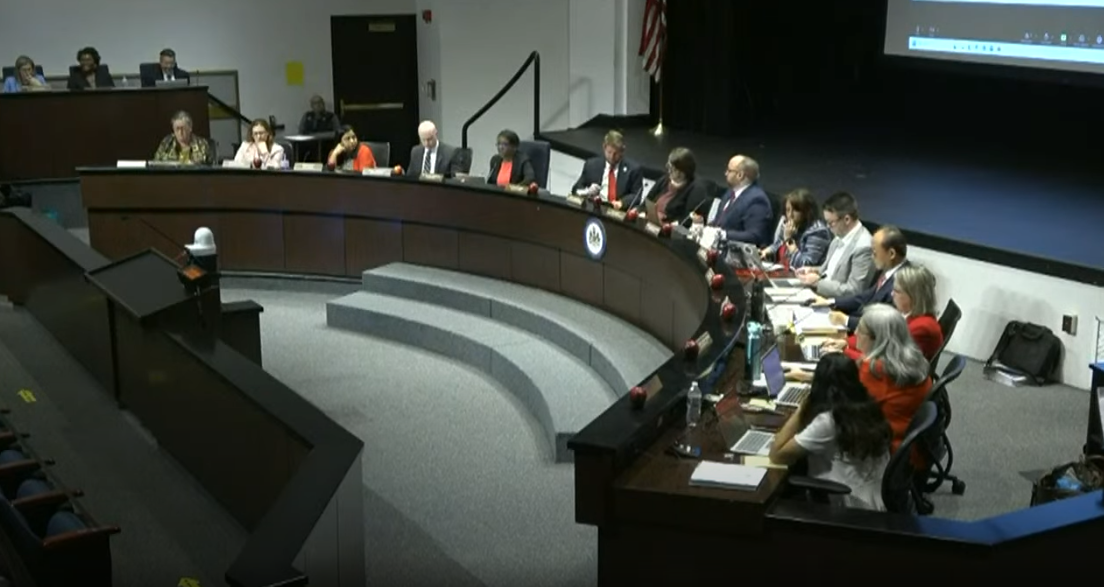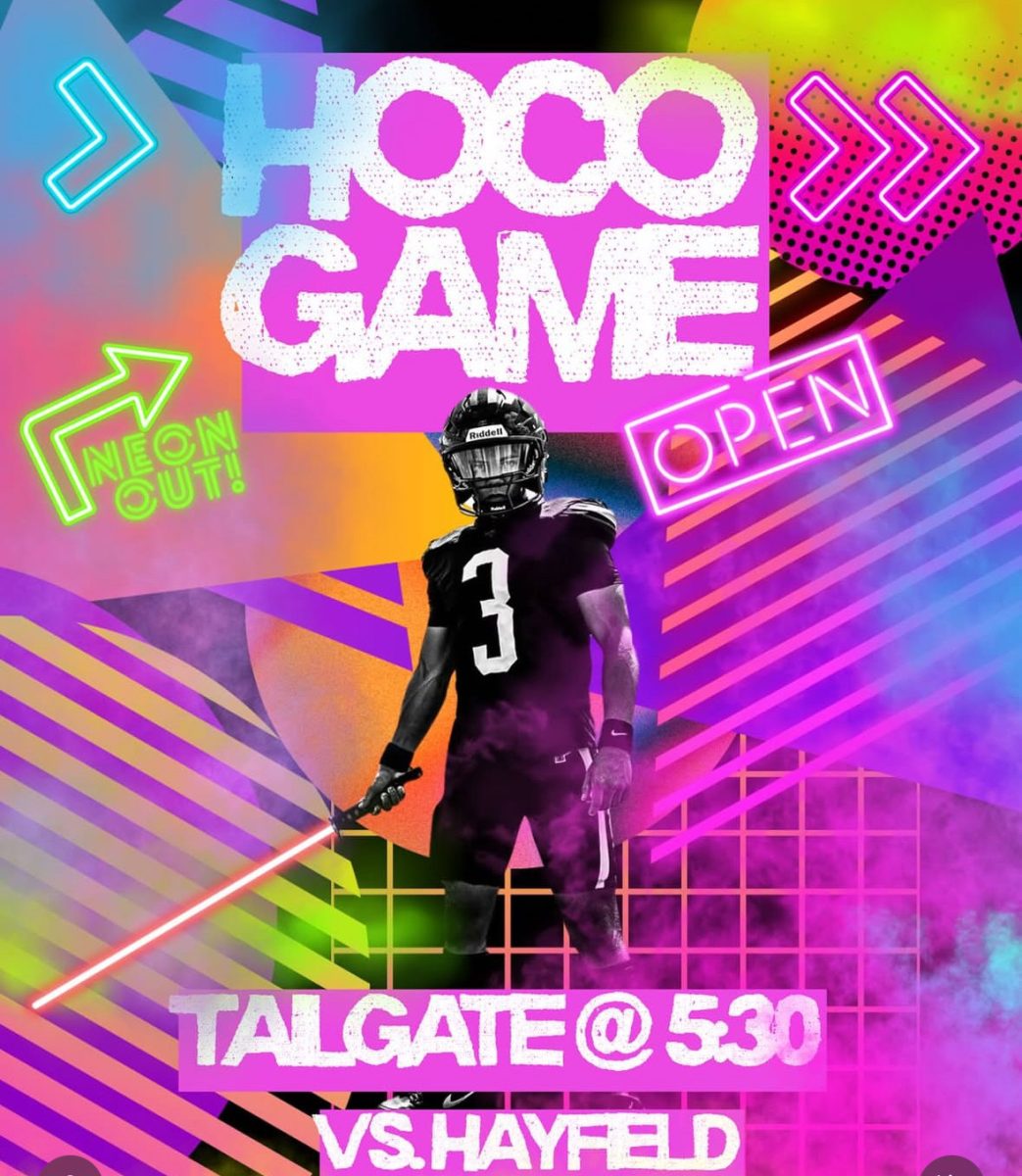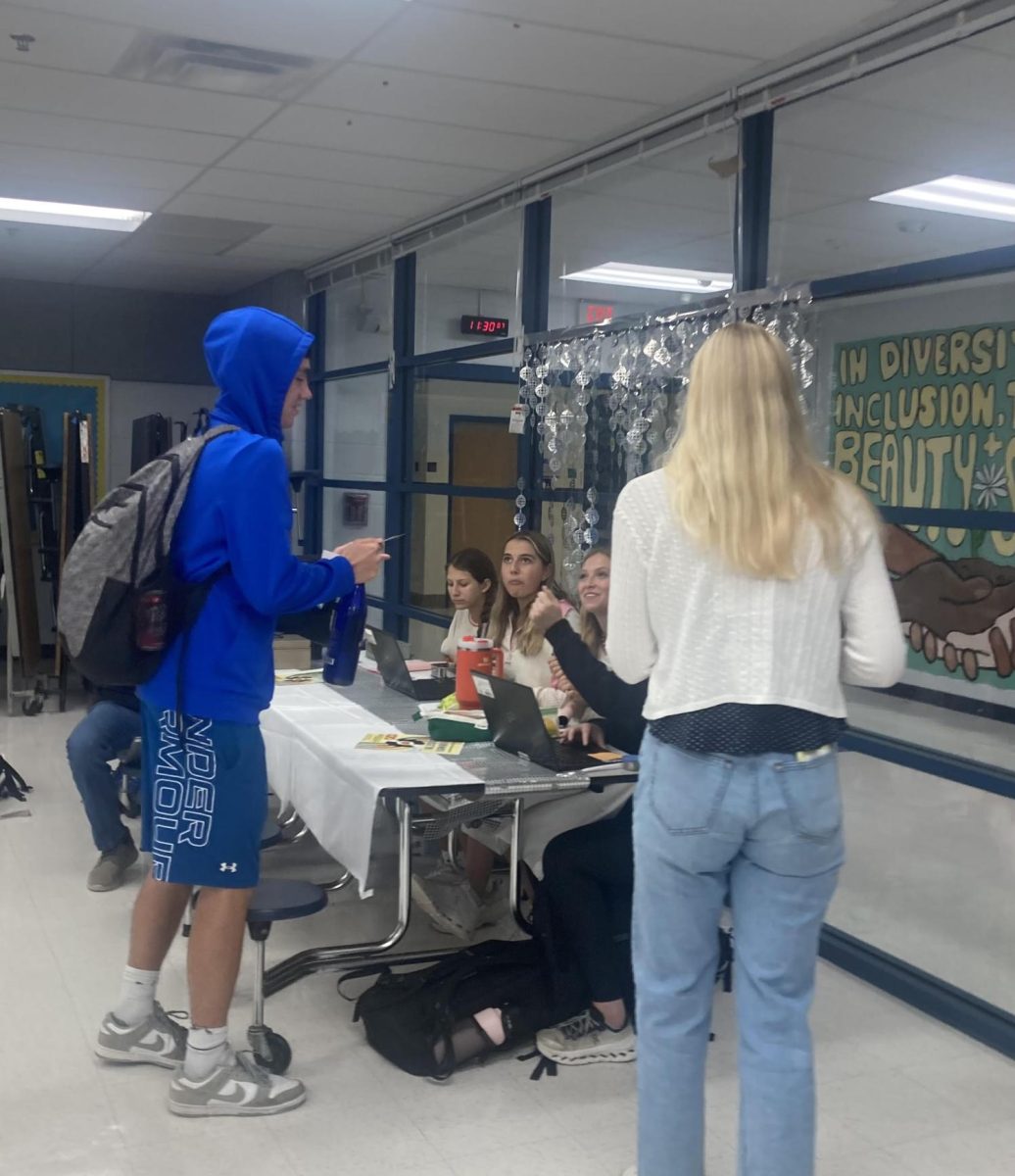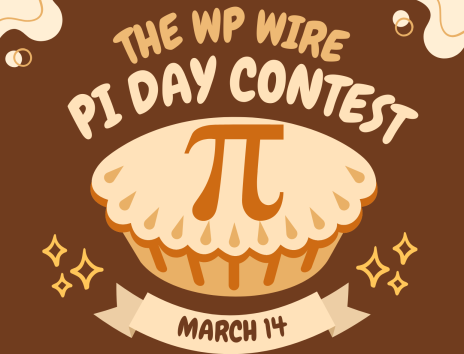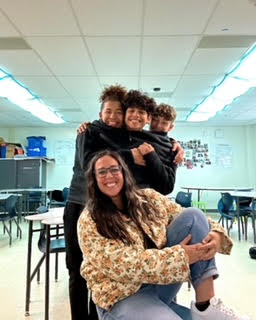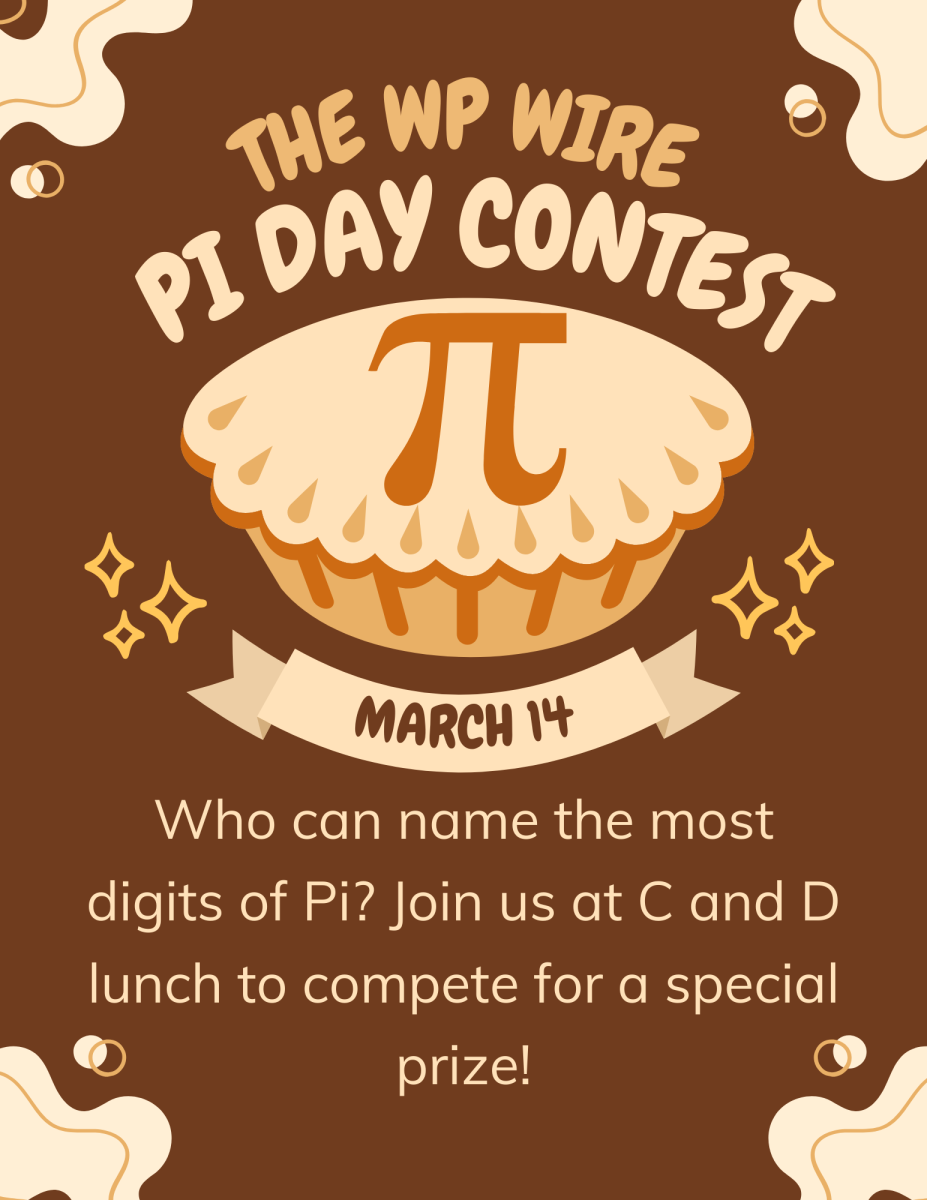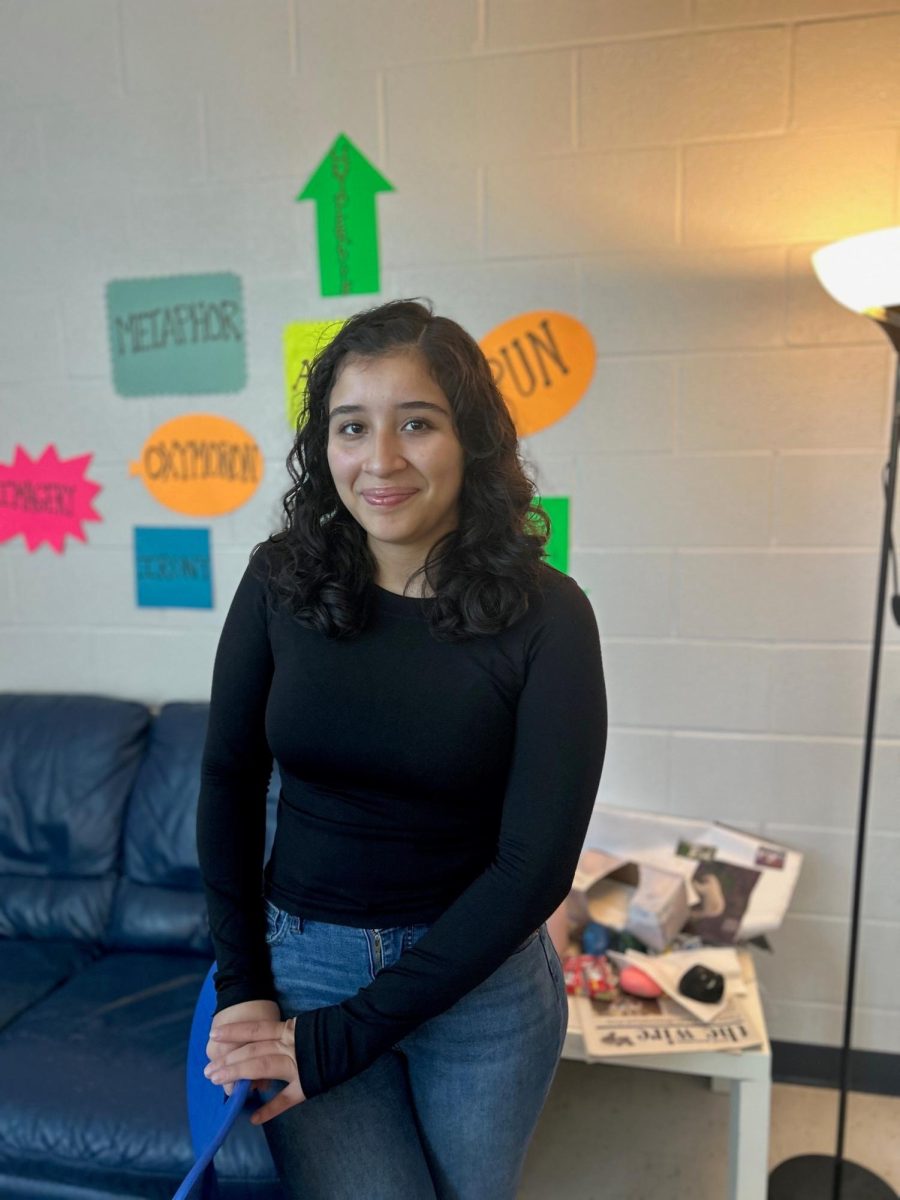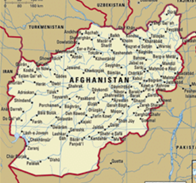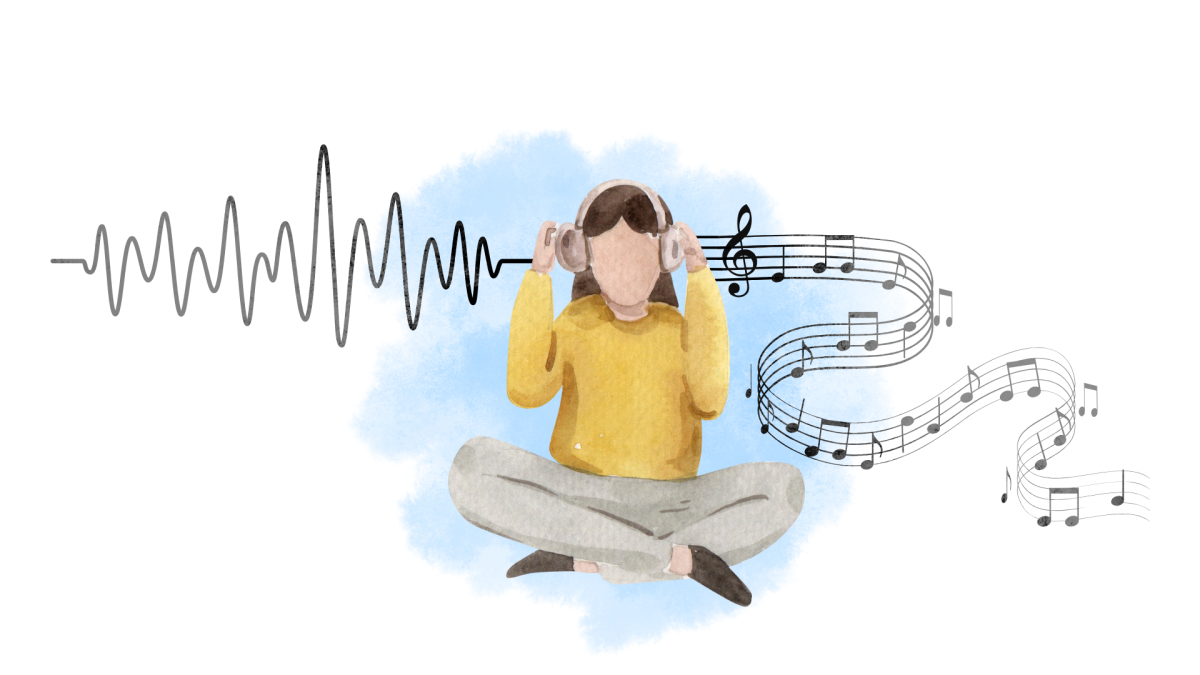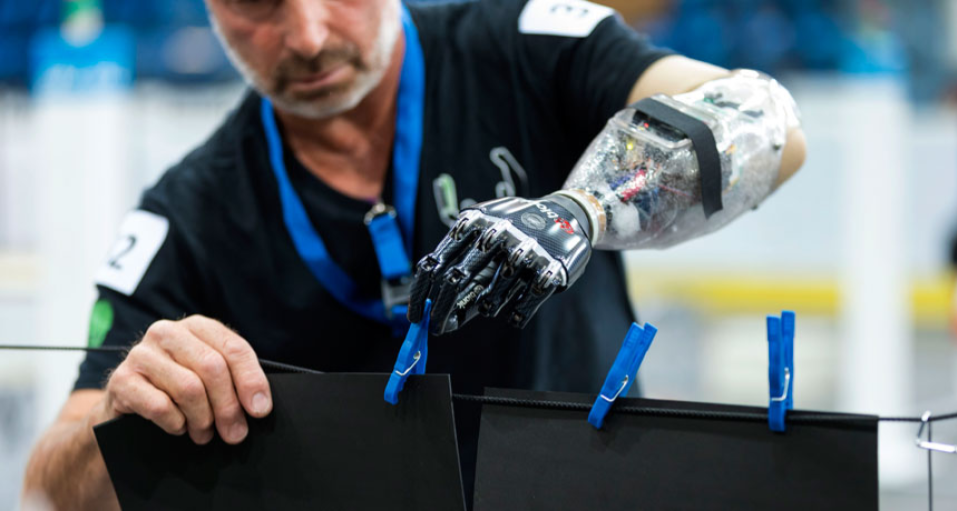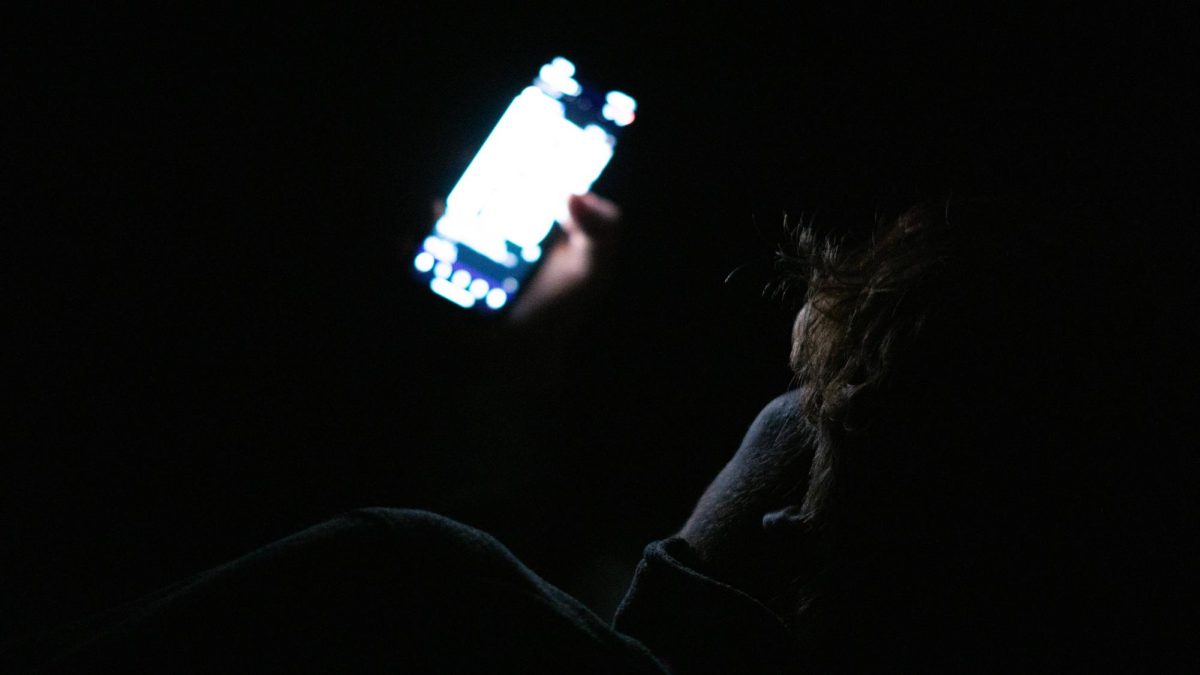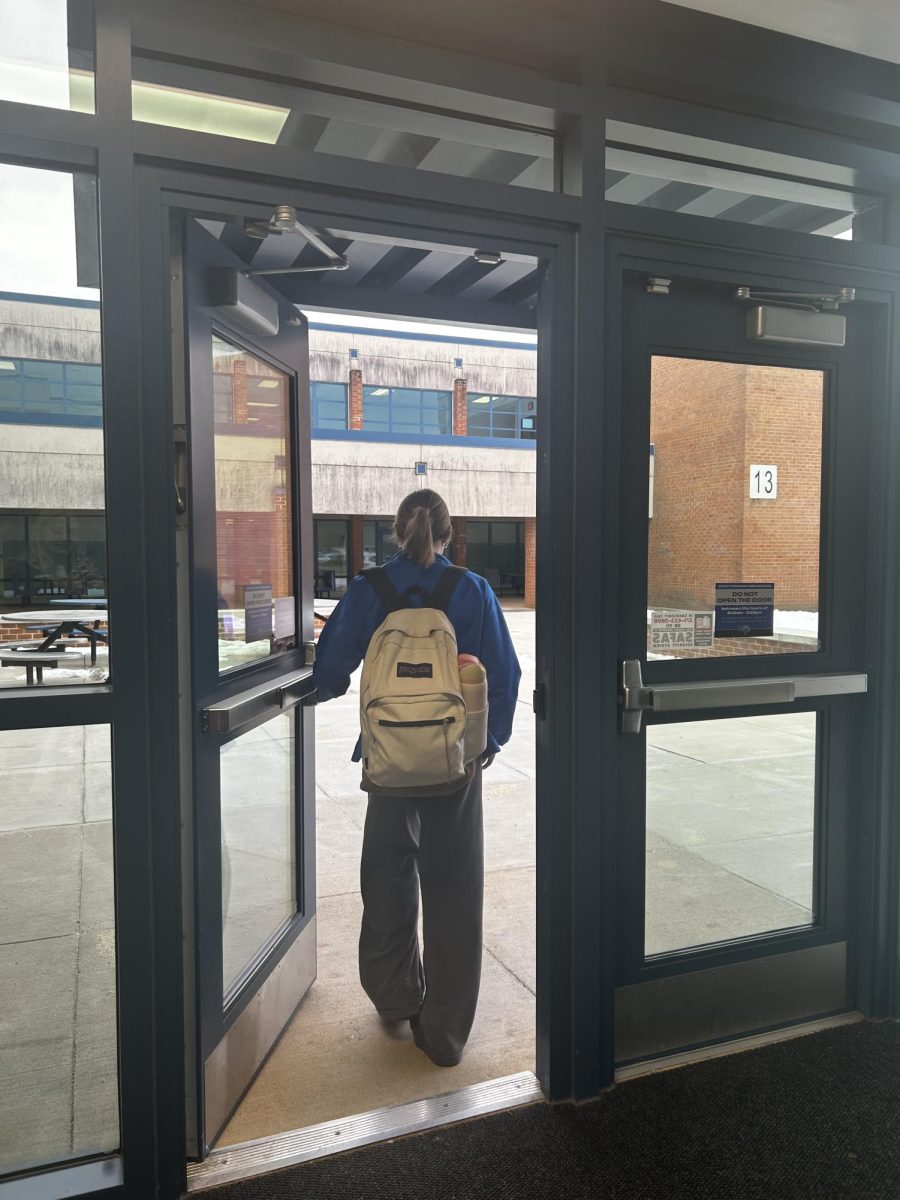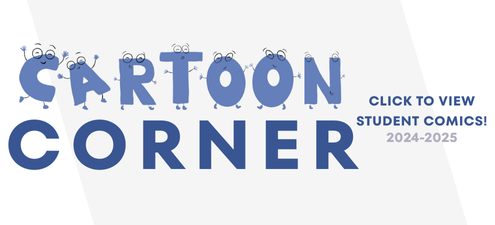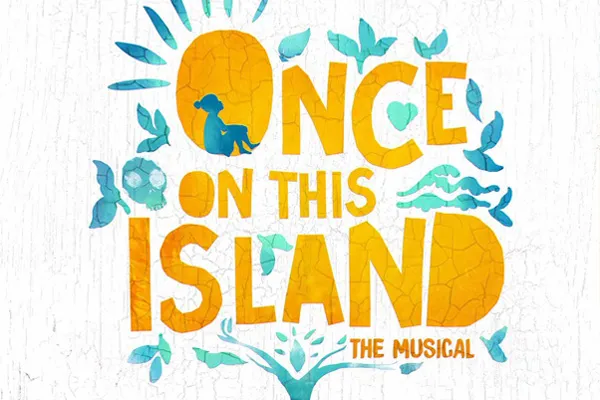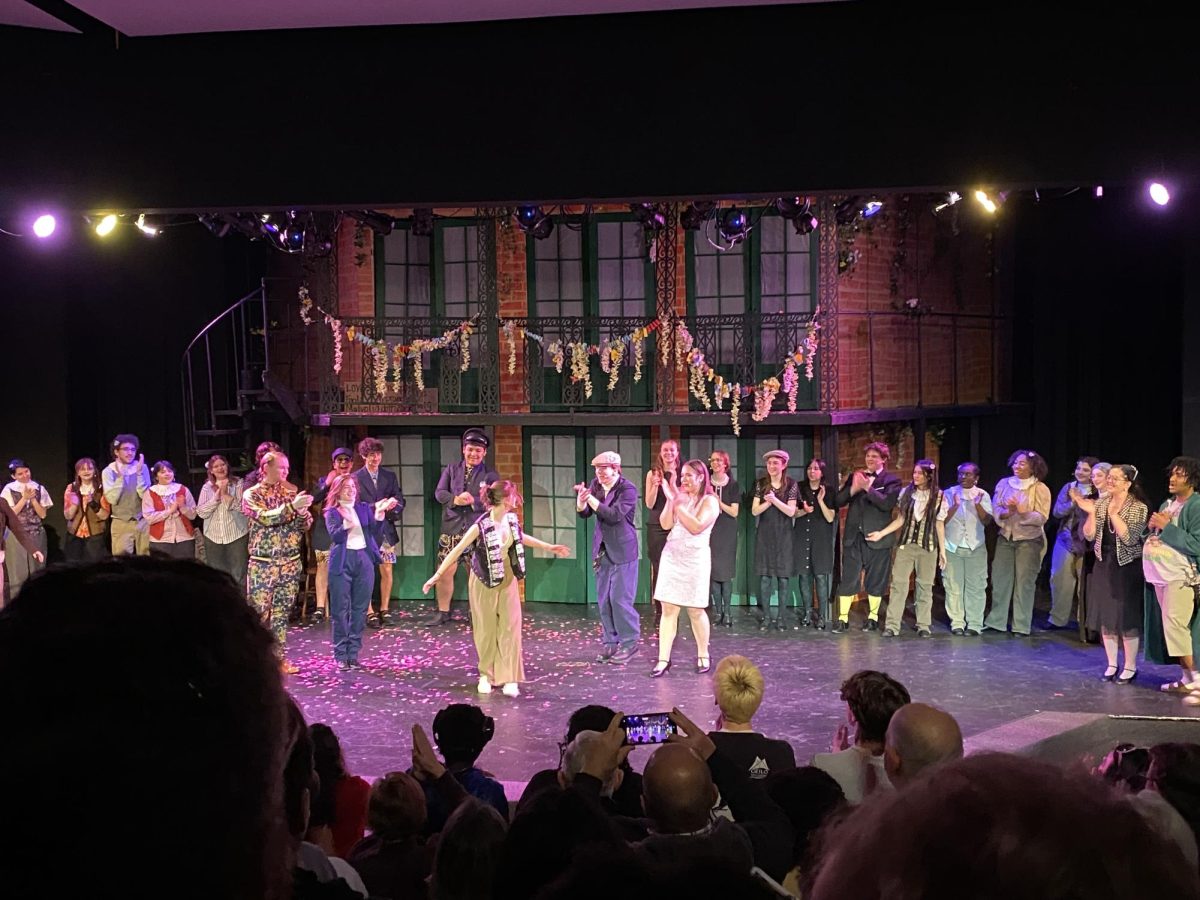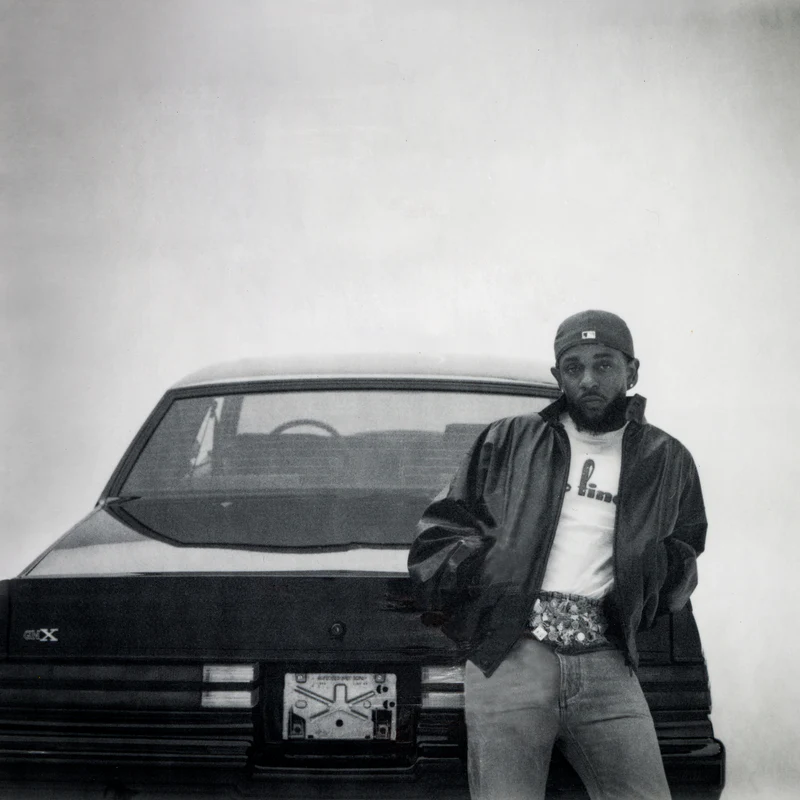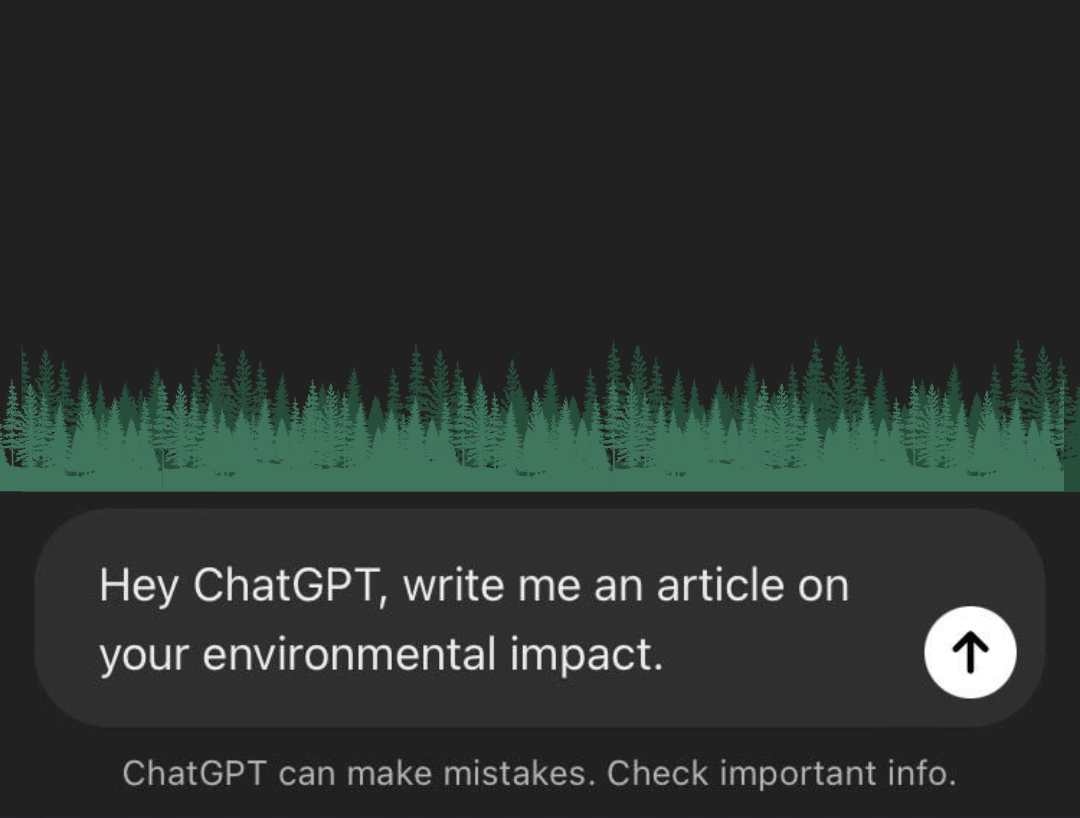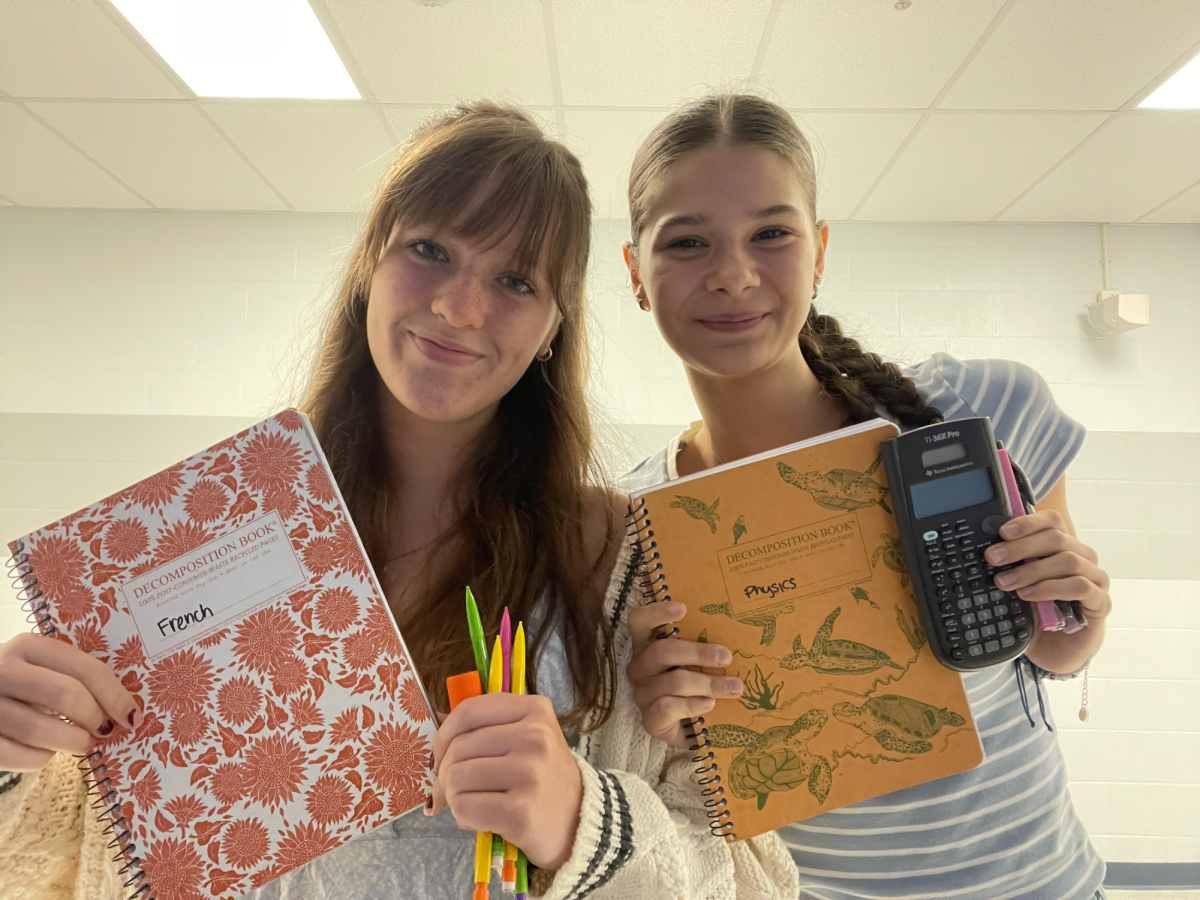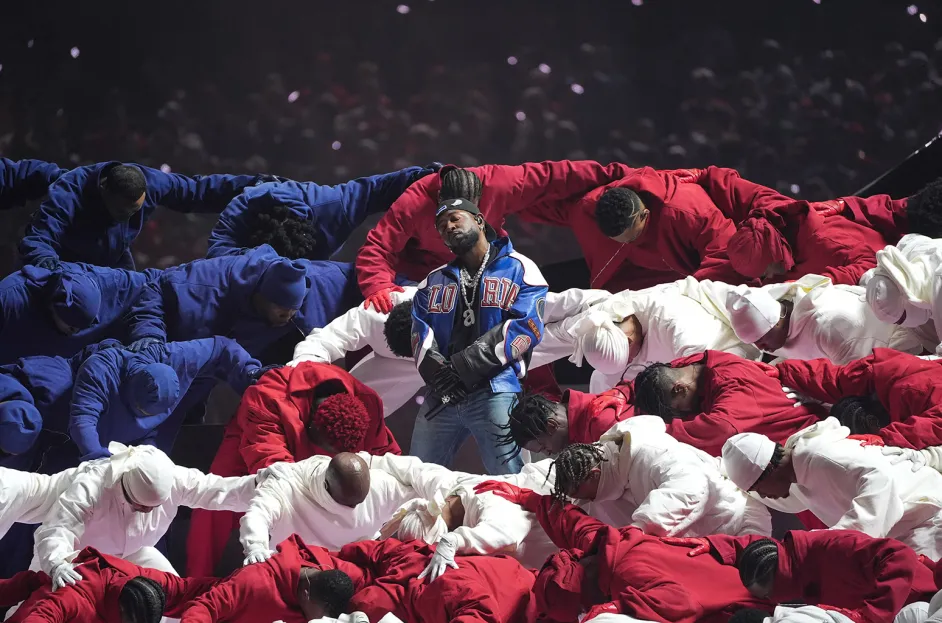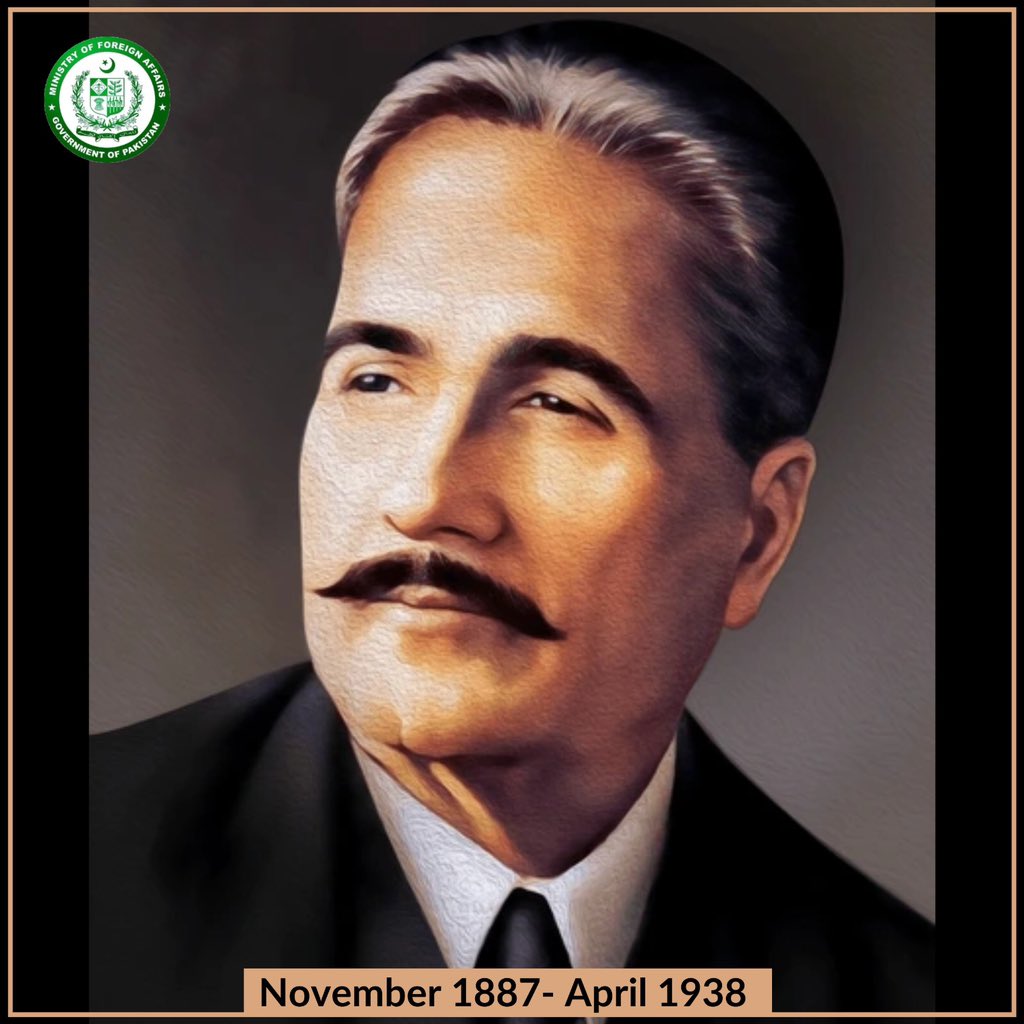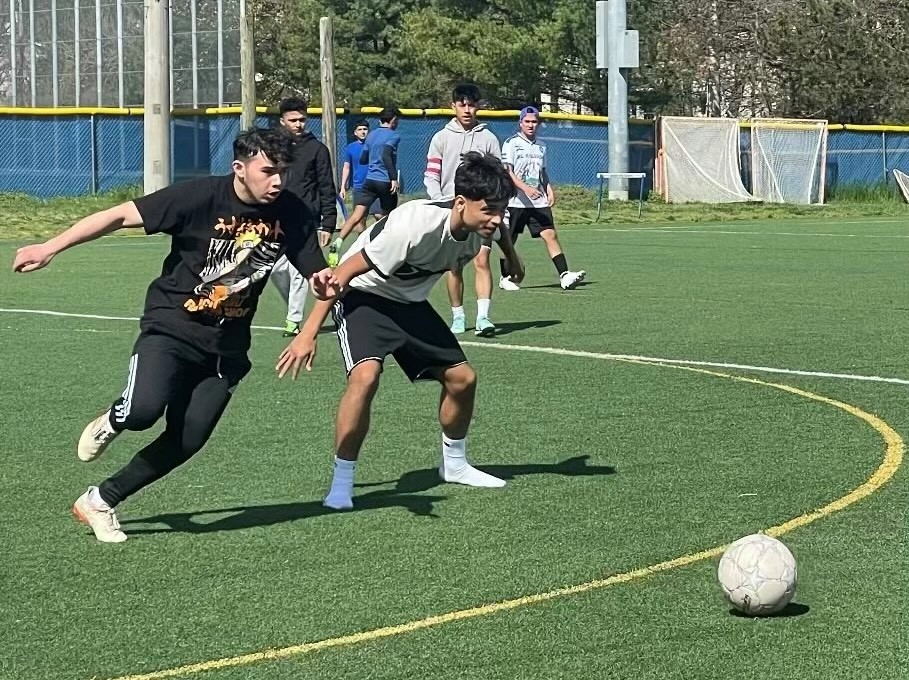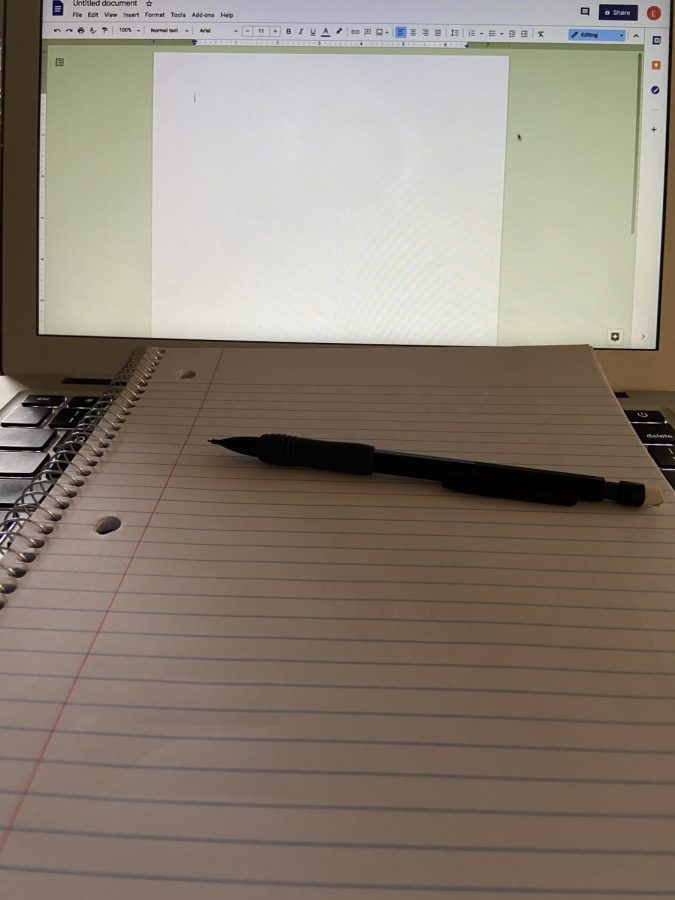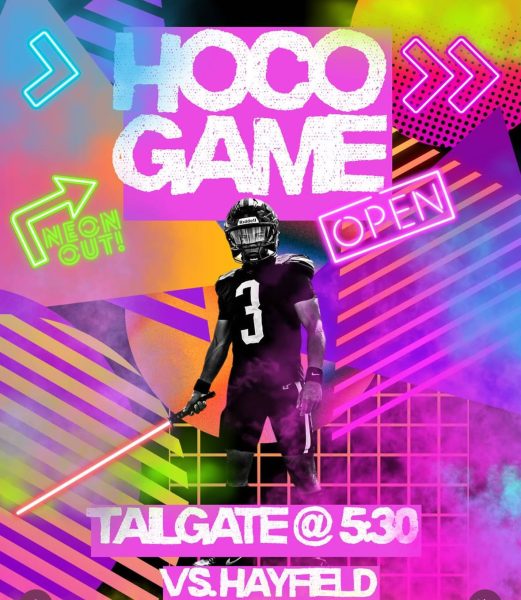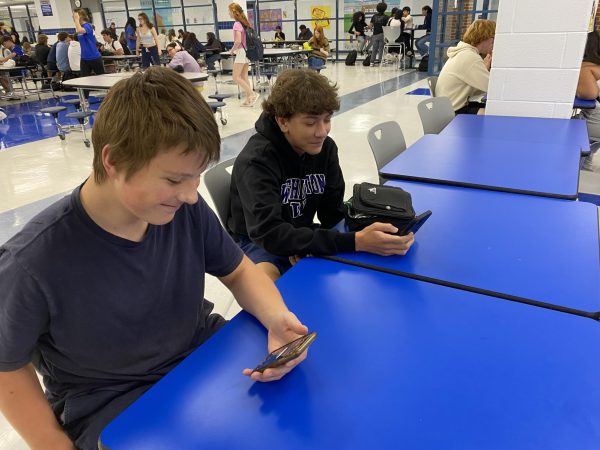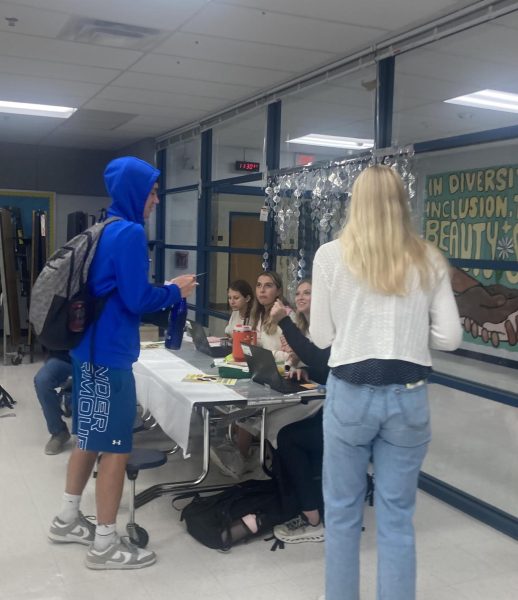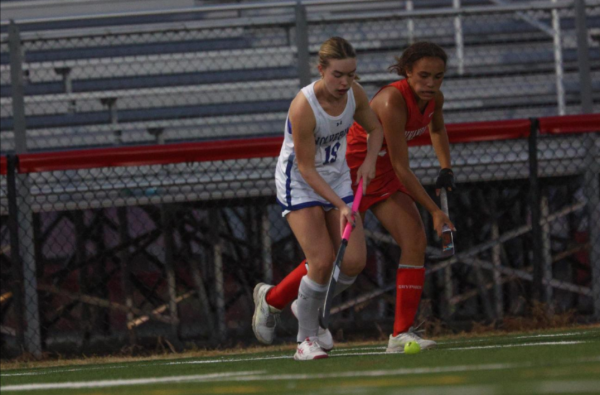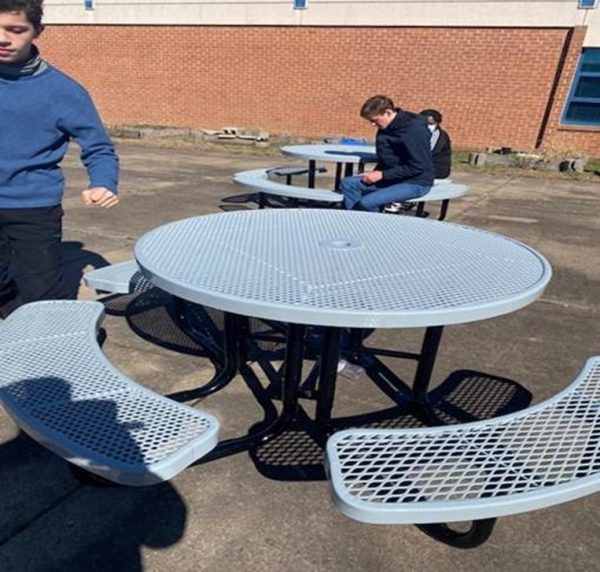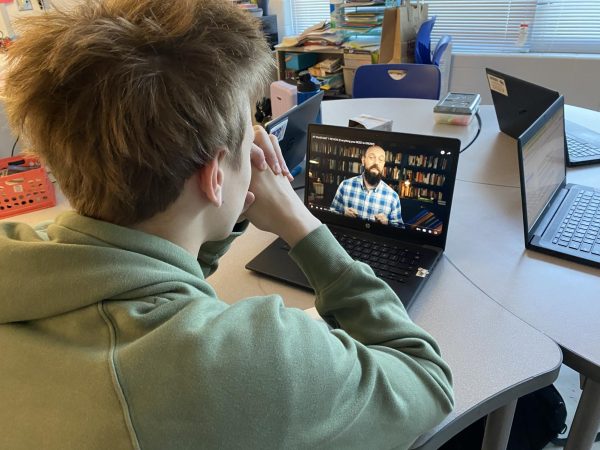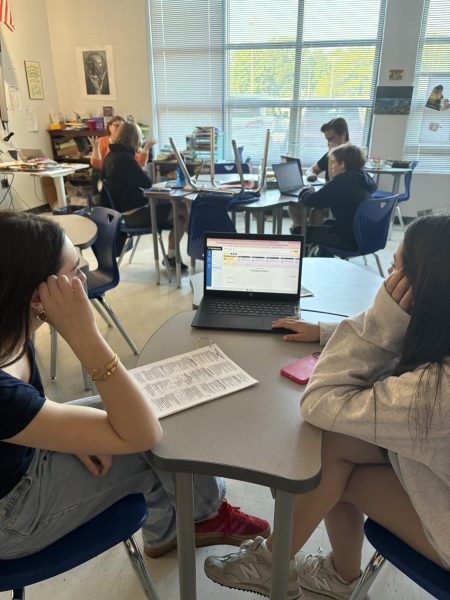Early Data Shows Negative Impact of Virtual Learning on Virginia Students
Early data from the Virginia Department of Education shows students are struggling academically as virtual learning continues across many of Virginia’s school districts, including Fairfax County.
Failing students is the biggest issue with virtual learning, according to a survey of Virginia school districts conducted by the VDOE. Forty of the 132 districts ranked this as the top issue, even more than the 35 saying access to reliable internet is the biggest problem. Over 20 school districts reported that the percentage of middle and high school students failing at least two classes had increased over 30% compared to last school year. Additionally, more than 50 districts reported higher rates of absences than last year.
Currently, 15 of Virginia’s 132 school districts are operating fully remotely. About 80% of Virginia school districts are not conducting full in-person learning, which is defined as all students learning at school for at least four days per week. Just 26 districts have reached this phase. Fairfax County is in hybrid learning and began bringing high school students back to school this week.
The struggles of remote learning are leading to pushes for in-person instruction. In January, Virginia Governor Ralph Northam (D) said school divisions should be making plans for how to reopen. New guidance from the administration says schools should focus more on their ability to implement mitigation strategies rather than community transmission data. The new guidance recommends that even with high community transmission of COVID-19, schools with a high ability to implement mitigation measures should bring priority learners back to school. With lower community transmission, the guidance expands to allow for more groups of students to come back to school as capacity allows.
Junior Sean Finn shared his opinion of returning to school, saying, “You should be able to go back if you need to, like if you need to get lunch, but if there’s no reason you need to go back to school other than to see your friends, I don’t think that’s really necessary right now.”
Despite the struggle that so many students face from virtual learning, some are finding positive benefits from it.
Finn explained his perspective, saying, “There’s less work and more time to do it.”
Finn also said he is able to get more sleep since he does not have to drive to school every day. Despite these benefits, he hopes to be able to return to school in a more normal way in the fall.
Like other Virginia students, many students at West Po are struggling with virtual learning. Specifically, students miss the ability to talk to their fellow classmates at school.
Junior Amina Iman explained, “The relationships between my classmates are really lacking. I feel like it’s not there, so I think that’s one thing, the interactiveness, I really do miss.”
The missing socialization at school is affecting student relationships even outside of the classroom.
“This virtual environment has led to … [a] lack of relationships between students to the point where people have completely stopped talking to each other, which is really sad,” Iman said.
Co-Editor-in-Chief Ethan Brodie is a senior at West Po in his third year of journalism. He enjoys traveling and learning about new cultures, writing, and...


